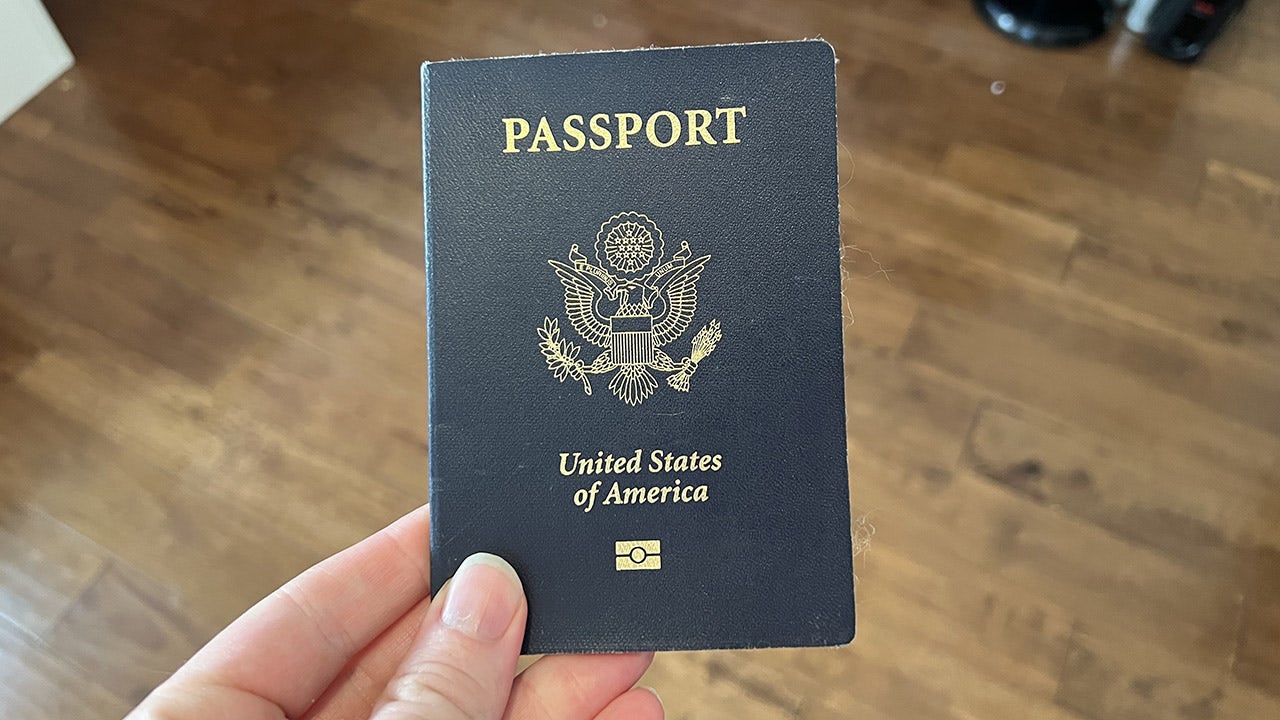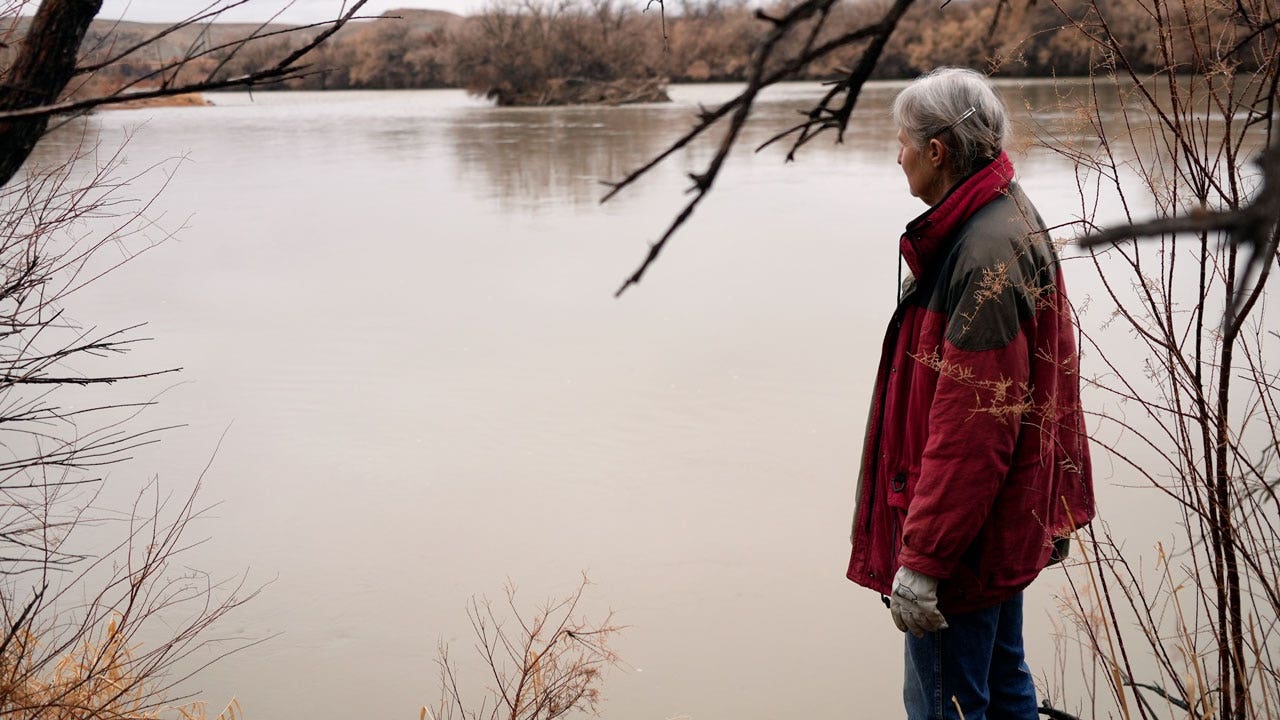In Los Angeles, where the murder trial of O.J. Simpson was a defining part of a turbulent era, news of his death rippled through families and friend groups Thursday as a collection of vivid images or half-forgotten personal connections.
What year, they wondered, was the trial, again? What was the thing with the glove? Do you remember that restaurant where Ronald Goldman worked?
But in 1994, just about no one in Los Angeles — or the world — was unaware of the details around the celebrity who had been accused of violently killing his then-35-year-old ex-wife, Nicole Brown Simpson, and her friend Goldman, 25. The case was larger than life in a moment that had come to seem riddled with larger-than-life events.
In that respect, the Los Angeles of 1994 foreshadowed the 21st century that was just a few years from dawning. Freeways were still flattened from the disastrous Northridge earthquake. Los Angeles was still reeling and raw from the 1992 riots. Immigration had surged, throwing a spotlight on disparities of wealth and privilege. And the rise of cable television was starting to magnify every nuance on a 24-hour news feed.
It was against this backdrop that authorities who had once pestered Simpson for autographs now accused him of murder, and that his lawyers decided his best defense was to convince jurors that anything could have happened.
“It was such a big moment in American history,” recalled Laurie Levenson, a Loyola Law School professor who became an early legal celebrity doing televised commentary on Simpson’s trial. “And it had an enormous impact.”
Even now, the narrative around the Simpson case remains fractured. Many Americans — but especially Angelenos — recall where they were when the Simpson car chase unfolded live on television. They recall where they were when the verdict was read in 1995. Their lingering impressions vary, however, based on where they were in life and how they processed what happened through the now ubiquitous lens of race, celebrity, generation and class.
Patrik-Ian Polk, 50, who has since gone on to do pioneering work as a Black, gay filmmaker, said he had watched the trial and followed the twists and turns like nearly everyone else in America.
“I don’t know if I would have been able to find him guilty, either,” Polk said. There was evidence that seemed to point to Simpson, sure, but there was also, Polk believed, reasonable doubt. And that’s the law.
“What was interesting was, obviously there was a racial divide in terms of the reaction to the verdict,” he said.
He said he was keenly aware of the ways in which the police in Los Angeles mistreated Black communities. So for him, Simpson’s acquittal wasn’t worth much outrage.
“I certainly remember thinking, ‘Maybe he did do it, and if he did do it, and if he has gotten off … ,’” Polk trailed off and shrugged. “How many times have we heard of a Black person in jail for decades for murders that they didn’t commit? How many times did we see race riots? Whole Black communities bulldozed by racist white people?”
Janette Balderas, 34, didn’t remember much about Simpson or the trial — except that white Bronco. She was small. Someone turned on the TV at her grandmother’s house.
“I was just like, ‘Why is he doing that?’” she recalled as she walked with her baby and her partner on Thursday morning at Echo Park Lake. “‘Like, if he’s not guilty, why is he making them chase him?’”
Balderas said that Simpson hadn’t been a household name for her family; her mother didn’t really speak English. Balderas recalled her mother saying, “Look at this crazy man having the police chase him.”
It wasn’t until Balderas watched “The People v. O.J. Simpson: American Crime Story,” the 2016 series depicting the trial, that she was able to connect what she had watched as a child with modern L.A. This was how the Kardashian name became known, she realized as she watched David Schwimmer portray the family patriarch, Robert Kardashian, Simpson’s friend and lawyer. This was the birth of an American dynasty.
The murders and the car chase took place just two years after the acquittal of white police officers in the beating of a Black motorist, Rodney King. After that verdict, rioting occurred for days in South Los Angeles, and racial tensions remained high in the city.
During the Simpson trial, “white people thought he was going to be convicted and Black people didn’t want him to be convicted,” recalled Richard Smith, 67, a South Los Angeles resident.
Smith said it wasn’t just that Simpson was Black but that Johnnie Cochran, one of the lead defense lawyers, was, too. “You got a Black man defending another Black man,” he said.
“We were all — as a whole, a Black community — captivated at the moment that this happened to him,” Smith added. “Everything that happened from the pullover to the arrest to the trial.”
Corina Knoll contributed reporting.
And before you go, some good news
Noema Magazine’s essay on the life of a coast redwood tree, a species that can be found almost exclusively on the coast of Northern California, highlights the majesty of the trees.
Coast redwood trees have reached a point of ecological stability while still maintaining their ability to adapt. California’s coastal fogs provide moisture, but the wildfires the state regularly manages also help the trees fit into the state’s environment.






